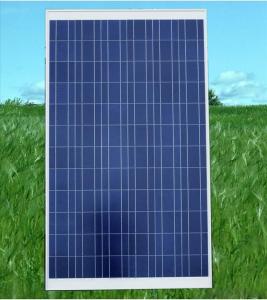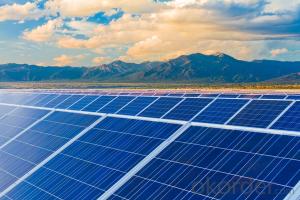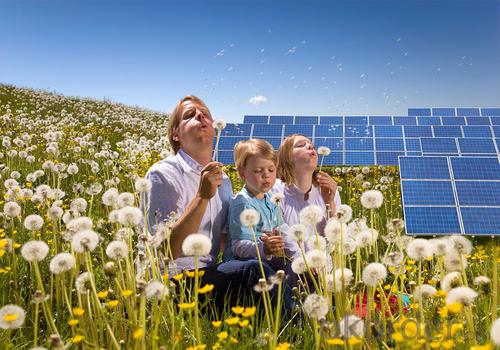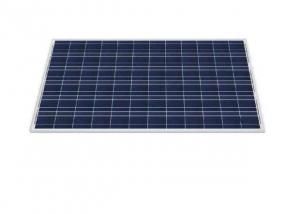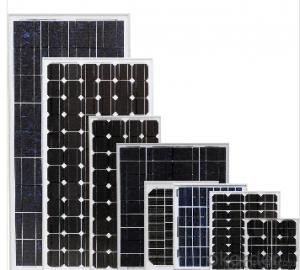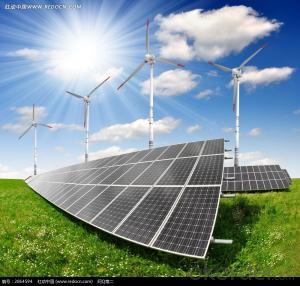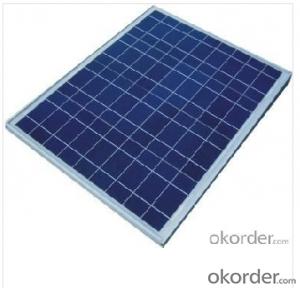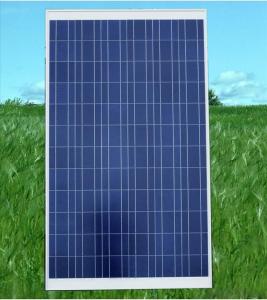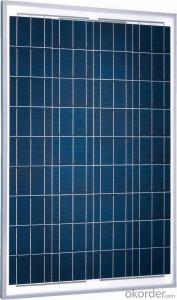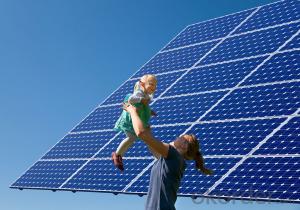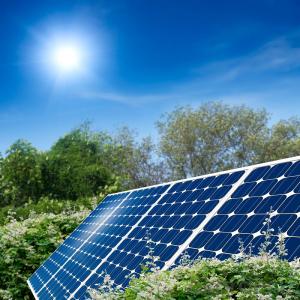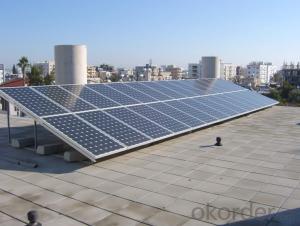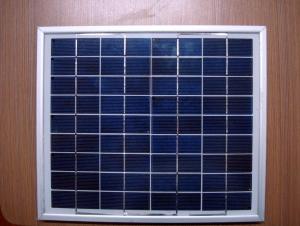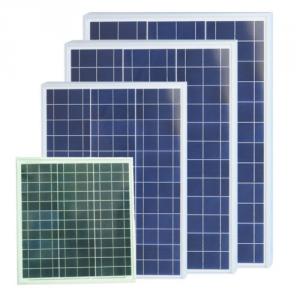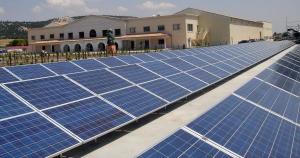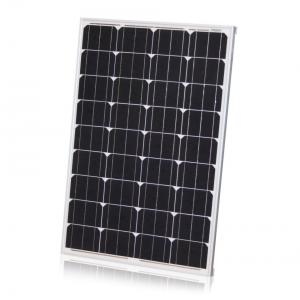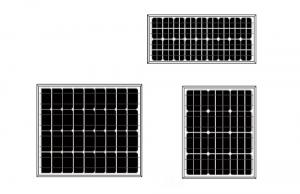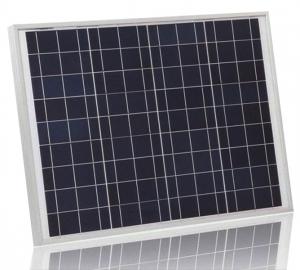Polycrystalline Silicon 305WP Solar Panels Stockton
- Loading Port:
- Qingdao
- Payment Terms:
- TT OR LC
- Min Order Qty:
- 199000 watt
- Supply Capability:
- 5000000 watt/month
OKorder Service Pledge
OKorder Financial Service
You Might Also Like
As an essential part of RealForce Group, RealForce Power is located at lakeside of Weishan Lake, a scenic wetland in the world.
We face the Beijing-Shanghai high-speed rail way, the Beijing-Fuzhou expressway and the State Road 104 to the east and the Beijing-Hangzhou Grand Canal to the west.
To the north, we face the Qufu airport and to the south we face the Guanyin airport. Base on the developed three-dimensional transportation systems, we are in a strategic location that could radiate the whole country.
With an orbicular production chain, RealForce Power is engaged in the production of polycrystalline cells and high efficient modules and also the construction of power-generation systems.
Our products are widely used in PV plants, new energy real estate, urban lighting, military satellite power generation, large sever power supply and rural area power supply, etc.
Being the pillar sector in the four industries of ReaForce Group, RealForce Power, consisting of four production bases in Weishan and Zaozhuang of Shandong province, Wuwei of Gansu province and Luoyong in Thailand, is in charge of RF PV industry.
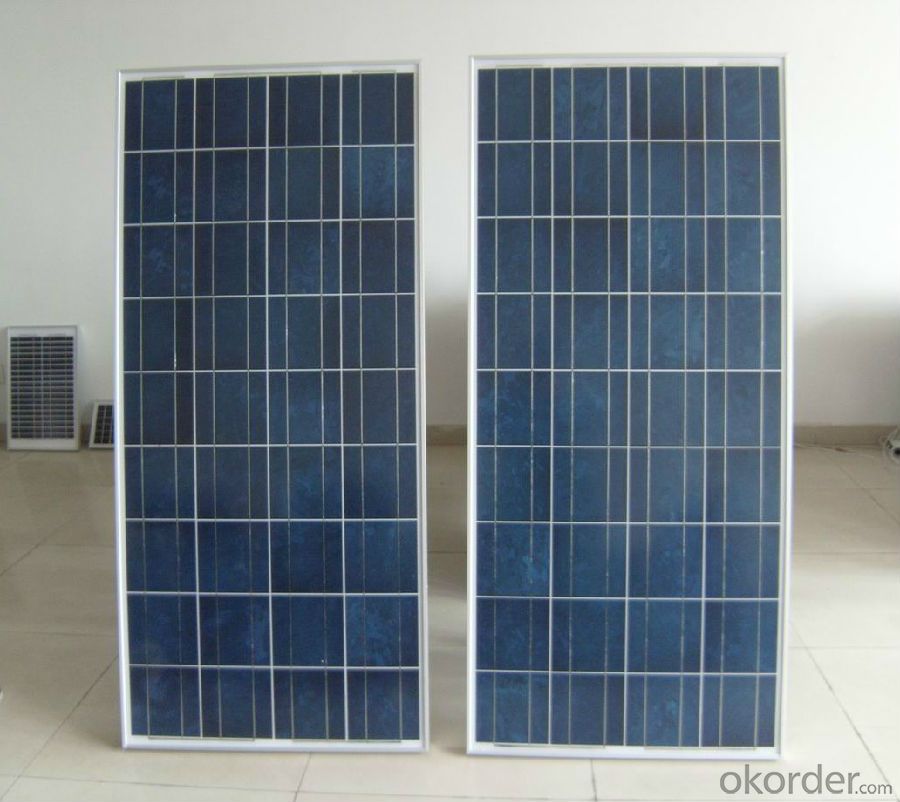
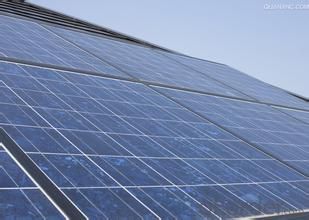
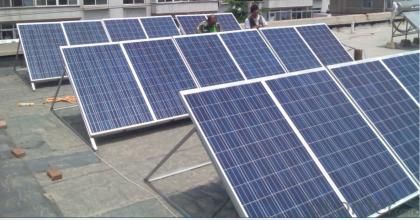
| Maximum Power | 305W |
| Brand | Realforce |
| Cell Type(mm) | Polycrystalline solar cell 156*156 |
| Number of Cell(pcs) | 72(6*12) |
| Manufacture Site | China |
| Open-Circuit Voltage (Voc) | 44.9V |
| Maximum Power Voltage (Vmp) | 37V |
| Short-Circuit Current (Isc) | 8.73A |
| Optimum Operating Current (Imp) | 8.33A |
| Power Tolerance | 0 ~ +5W |
| Module Efficiency | 15.7% |
| Dimensions(mm) | 1956*992*40 |
| Weight(kg) | 27 |
| Backsheet | White |
| Frame Color | Silver |
| Frame | Anodized Aluminum Alloy |
FAQ:
1. How long will my inquiry get response?
Your inquiry related to our products or prices will be replied within 24 hours.
2. Can I get professional service and suggestion?
Well-trained and experienced staffs to answer all your questions in fluent English.
3. Do you accept OEM or customized design?
OEM & ODM, any your customized lightings we can help you to design and put into product.
4. What if I need specific design?
Distributorship are offered for your unique design and some our current models.
- Q: Can solar panels be used on commercial buildings?
- Yes, solar panels can be used on commercial buildings. In fact, many businesses are embracing solar energy to reduce their carbon footprint and save on electricity costs. Installing solar panels on commercial buildings not only helps generate clean and renewable energy but also provides long-term financial benefits for businesses.
- Q: Hey guys :)Well I'm in the middle of doing my PSHCE coursework on sustainable energy, focusing on solar panels. I just wanted to ask you what your opinions are of them? Are they really worth it? Are they sustainable? Will they reduce our energy bills? Those sort of questions :)If you are interested in installing solar panels, please mention that, as it would be great! There's lots of information about them on this site ----
- Bing solar power in Germany. Solar power has an option of assisting in removing some of the burden during daylight, from power generation plants. Anything is a help. Plus they will continue to do it forever (at least a lifetime). But they are not the total answer. Like wind, limited to certain areas. Wave generation is another solution, but still limited to coastal areas. The current design of most supply grids does not allow transportation of power long distances. You want a real eye opener, Bing transportation line looses power grid and see how much energy is wasted, and the amount of carbon put into the air for these losses.
- Q: if I have a battery bank of of 6 L-6 Trojan batteries, 6V 390AH, wired in series parallel to give me 2V at 70AH (or 4,040WH) what kind of solar panels should I purchase assuming I have 8 hours of sunlight, a solar tracking system and I want to make sure I can fully recharge my batteries everyday if i use up all the power every night?i understand there are efficiency issues to consider which i have not calculated in yet. thanks.
- Hi okorder /
- Q: Can it be used on a cellphone so u never have to worry about low battery?
- Solar panels (arrays of photvoltaic cells) use renewable energy from the sun, and are a clean and environmentally sound means of collecting solar energy. Solar panels are a great way to generate electricity on a small scale. Solar panels are commonly named solar cells or photovoltaic cells. Photovoltaic means literally light electricity.” Solar cells or PV cells rely on the photovoltaic effect to absorb the energy of the sun and cause current to flow between two oppositely charged layers. Solar panel installation is a cost effective part of the green movement for saving energy. There are different types of solar panels available, including Monocrystalline Panels, Polycrystalline Panel, Cast Polycrystalline Panels, String Ribbon Silicone Panels and Thin Film Panels. Find more information about solar panels at this Web site:
- Q: How much is the cost of solar panels including installation for my home so that I can have low monthly power bills.
- You can start as small as 7,500. It all according to how much you want to run off solar and your Environment. You can move into Solar slowly as the technology Improves every six months or so.
- Q: Can solar panels withstand extreme weather conditions?
- Yes, solar panels are designed to withstand extreme weather conditions such as high winds, heavy snowfall, and hailstorms. They are made with durable materials and undergo rigorous testing to ensure their resilience.
- Q: What is the maintenance cost of solar panels?
- The maintenance cost of solar panels is generally low. Routine maintenance such as cleaning the panels and checking for any damage or debris is recommended, which can be done by the owner or a professional. Additionally, occasional inspections and repairs may be required, but these costs are minimal compared to the long-term benefits of using solar energy.
- Q: How do solar panels affect roof aesthetics?
- Solar panels can have both positive and negative impacts on roof aesthetics. On one hand, solar panels can enhance the visual appeal of a roof by adding a sleek and modern look. They can also make a statement about a homeowner's commitment to renewable energy. However, some people may find solar panels to be visually intrusive and believe that they disrupt the overall harmony and symmetry of a roof. Ultimately, the impact on roof aesthetics depends on individual preferences and the design of the solar panel installation.
- Q: are there solar panel that work without the sun?
- No. Solar literally means Sun. But...scientists are working on a panel that can absorb energy after the sun has set. It may be years until we see any commercial success.
- Q: how would you build a solar panel
- i'd go to the solar panel store and buy one. It would be /0 the cost of trying to build one in my HOME shop.
Send your message to us
Polycrystalline Silicon 305WP Solar Panels Stockton
- Loading Port:
- Qingdao
- Payment Terms:
- TT OR LC
- Min Order Qty:
- 199000 watt
- Supply Capability:
- 5000000 watt/month
OKorder Service Pledge
OKorder Financial Service
Similar products
Hot products
Hot Searches
Related keywords

